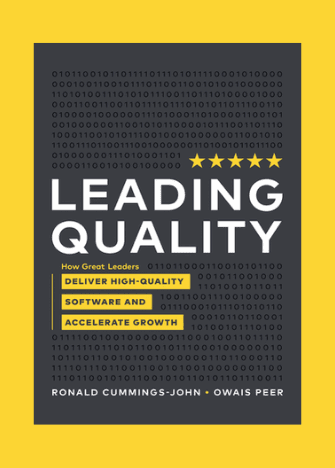Murali, the author of this article, lives in India and he is a Software Quality professional with over 18 years of testing experience. He is a passionate hands on tester and he likes to contribute towards the larger testing community with thoughts on specific areas.
Exploratory testing is one of the most efficient ways to detect bugs during a software life cycle. If done in a systematic manner, exploratory tests help to provide quality software that can be rolled out to production with more confidence. While Scripted testing presents the best way to test a software extensively, sometimes lack of time requires different types of testing to be applied. Exploratory testing that is performed with a crowd is thus an effective way to get better test results in less time.
One thing that the testers need to keep in mind is that exploratory testing doesn’t have to be ad-hoc, but it can be performed in a more systematic way if applying some simple techniques. While complex techniques can also be added to this, for beginners a simple process-oriented methodology can be a better fit.
How beginners in Crowd testing can perform systematic Exploratory testing:
- Identify features that are important from an end-user perspective – like for an e-commerce website: search, sort, view product listing, view product details, add to cart, checkout (if within the testing scope)
- Prioritize the features that are in scope – i.e.:
- First, cover the Menu and Navigations
- Next, move to features like search and sort, where there could be more bugs for websites like e-commerce
- First, cover the Menu and Navigations
- Implement simple testing techniques like Boundary value analysis, Equivalence Class techniques for applicable fields – edge test cases for field-level validations like age, price range, income, marks cutoff, etc.
- Identify areas with complex functionality that involve calculations or require specific test data as input
- Cover all the website’s/software’s parent and child pages to check if there are any navigation errors, 404 errors, showstoppers, or breakage in the software
- Check all the app/software parts, regardless of how many bugs were detected in those areas
- Due to the limited timeframe, it may be difficult to cover all the possible drop-down sections and combinations, hence it is advised to identify a random sample to test
- Try a data-driven approach, when validations need to be done for different input and output combinations
- Certain environment-related factors (like clearing browsing history or cache during website testing) help to prevent reporting redundant bugs
- Identify interdependency between features under test
Crowd testing allows to test different combinations thus assuring a wider coverage. For example, testing different categories of the products, colors, sizes, different states within a country, etc. offers a large variety of test scenarios that can be performed.
Benefits of a systematic exploratory crowd test:
- Wider test scenario coverage
- Higher bug-detection ratio
- More efficient time-management
In comparison with a test performed in an ad-hoc manner, a structured Exploratory test can bring more value and increase the quality of the final test results. Ad-hoc testing can always be done as an addition.







